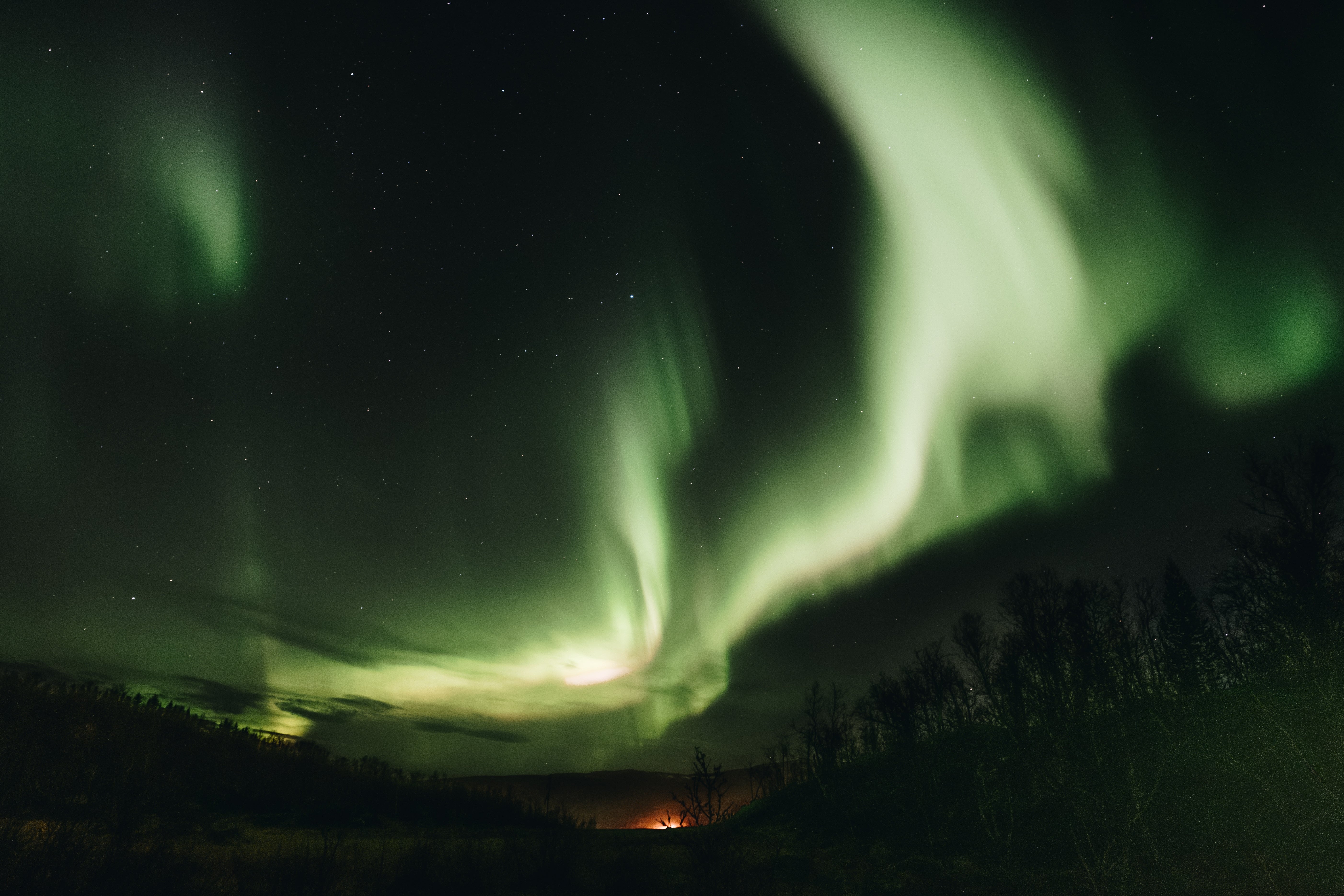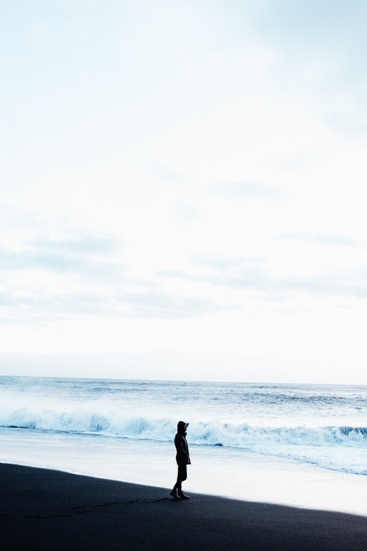
People often ask me – how are the northern lights like in real?
Well, all I can say is breathtaking, that’s about it. Personally, I would recommend everyone to see and feel it in real if there is a chance. This special and unique experience will surely leave you astonished and speechless. But hey, the reality is not that easy isn’t it? I know…
This photo was taken in Tromsø, Norway back in October 2017, but the first time I saw the northern lights was back in 2016 when I was in Norway for the first time with one of my mates from UK. We had stayed in Tromsø for 4 days, which we believed to be enough to witness the lights, but later turned out it was not at all. We had just chased about the lights for 3 days, nothing appeared. Day 4, we nearly gave up and decided to drive back to the airport. And all of the sudden, some ghosty white line-ish thing in the sky caught my eyes. That was when I saw the northern lights for the first time. It just became bigger and bigger and ended up covering the entire sky. The form, colour, and lightness of the lights changed constantly like it is showing off dancing in the sky for nearly 2 hours(!), and then just disappeared like it was nothing while leaving us amazed and somehow moved.
Btw, do you know how the northern lights generate its form and beautiful colours?
First of all, the most important factor is the sun. When the sun has the explosion on its surface (so-called corona), tons of magnetic particle is released into space. When these particles reach the magnetic field of the earth, these particles react with the elements in the layer covering the earth such as oxygen, nitrogen etc… These collisions result in countless little bursts of light, called photon, which makes up the northern lights formed and coloured. The northern lights form different colours depends on which gas in the air is being reacted: for instance, if the oxygen is reacted, the light will be green which is the most common colour to be seen in the light. Some might see pink, and even blue and white can be seen if the condition is met. But since the lights are much dimmer than the sunlight in most cases, we can hardly see it in the daytime. And more importantly, many people believe that they can see the lights anytime if they go to the polar region, which is unfortunately not correct. To be able to see the lights, these are the 3 most important key factors that have to meet the good enough condition.
1, Clear sky
2, No light pollution
3, Enough solar activities
Interestingly, almost no one I met knew about this fact, but the exact same principle applies to the south polar region, which means you can technically see the light in the southern hemisphere such as Australia and New Zealand (Often witnessed in Tasmania) as well. The lights you can see in this region are called The Southern Lights, and they have a different colour pattern.
October.2017 – Tromsø, Norway
*You can buy this pic on my website.
